Many Insurance companies are utilizing Drones for Insurance Inspections. In the building industry, a contractor knows very well that insurance inspections can be time-consuming and tedious. Due to human errors, there are more risks of collecting wrong data, but drones removed this limitation from the insurance inspections.
Inspections for insurance claims can be done safely, quickly, and cheaply with drones. That’s why insurance checks with drones are becoming more and more popular. They give us high-resolution pictures that help us quickly and correctly figure out how bad the damage is. Plus, they’re a lot faster than the old ways of inspecting.
The way property is adjusted could change a lot because of drones. Drones adjusters don’t have to walk up on scaffolding and ladders to look at rooflines and buildings or rent scissor lifts and boom trucks to find out what caused the fire and how bad the damage is. Instead, they can use a drone to look at dangerous situations without losing their balance or disturbing the scene.
In this article, we’ll talk about how drones are being used for insurance inspections and list the three best drones on the market right now for inspections.
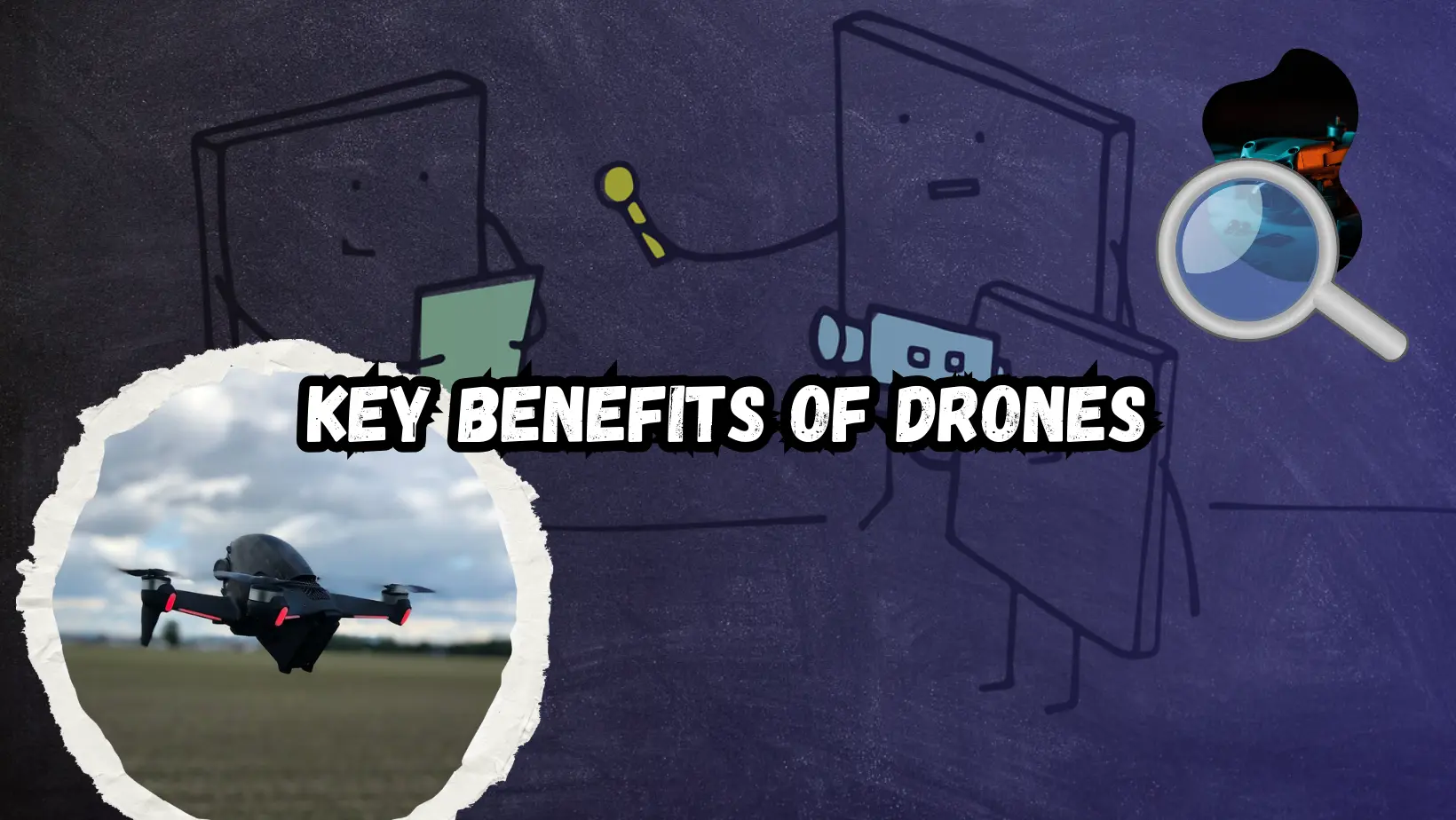
Key Benefits of Drones For Insurance Inspections
Drones for Insurance Inspections are a game-changing set of tools for the insurance business that can improve safety and speed up the claim process. Drones provide cost savings and better efficiency which are good for both insurance and clients. Using drones not only speeds up the claims process but also improves the quality and quantity of data collected, which helps insurance companies make better decisions.
A new era has begun with the widespread use of drones for insurance inspections, which has several advantages, such as better safety, lower costs, and faster processing of insurance claims.
Safety:- Drones take away the need for people to be physically present in dangerous or hard-to-reach places, which keeps insurance inspectors safe.
Speed:- Drones make it faster to look at the damage in disaster-stricken areas. This lets insurance companies reply quickly to claims and speeds up the healing process.
Time Efficiency:- Drones speed up the inspection process by getting rid of the need for multiple site trips. This lets insurance companies handle cases more quickly.
Low Cost:- Insurance companies save a lot of money when they don’t have to rely on specialized staff and tools and when checks can be done more quickly.
Efficient Data Collection:- High-resolution images taken by drones make it possible to quickly and completely collect data, which cuts down on the time needed for checks.
Accuracy:- Drones take high-quality pictures that give insurance-specific and accurate information that helps them make more accurate risk assessments.
Improved Documentation:- Drones take clear pictures that help with claims paperwork and reduce disagreements by giving solid proof.
Accessibility to Remote Areas:- Drones can get to places that are far away or hard to get to, which means that checks can cover more ground and properties can be evaluated more thoroughly.
Customer Satisfaction:- Higher levels of customer happiness are caused by faster claim handling, better accuracy, and less trouble.
Multiple Inspections:- As an example of their flexibility, drones can be used for a wide range of inspections, such as assessing property damage, risk, and disaster reaction.
Environmental Impact:- Drones help reduce the damage that insurance checks do to the earth by cutting down on the need for people to travel.
Streamlined Workflow for Inspectors:- Inspectors can use their phones to tell drones to record certain points of view or areas of interest, which makes working together easier and faster overall.
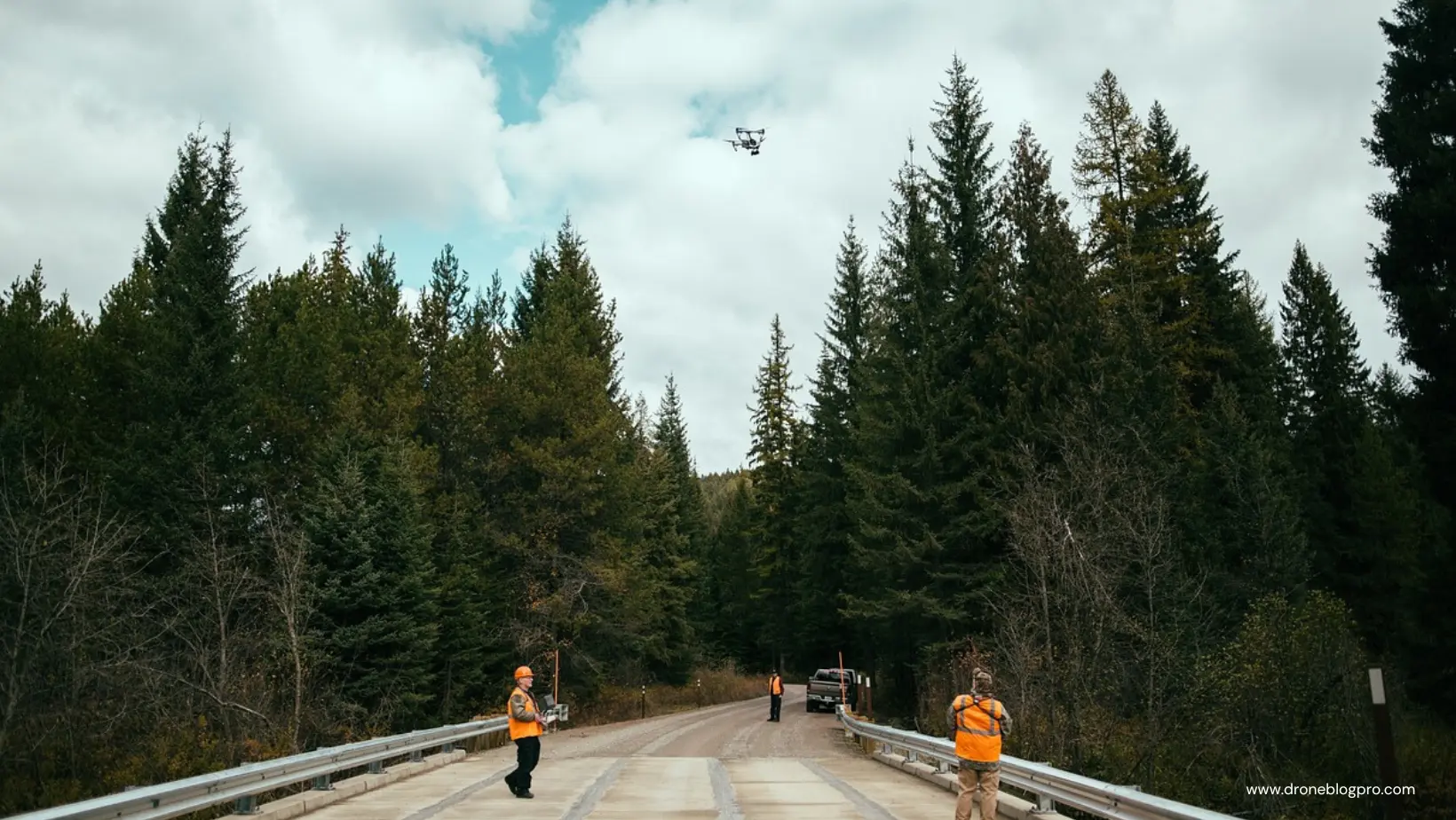
Types of Insurance Inspections
Property Insurance Inspections:
-
- Drones have changed the way property is evaluated by getting rid of the need to climb or use special tools.
- Claims adjusters use drones to look at rooflines, chimneys, and fire damage in a better and more efficient way.
- Better evidence collection with close-ups, wide-angle shots, and zoom makes it easier to figure out what caused the damage and how bad it is.
- Allows adjusters to stay safe, carry less gear, and gather proof more efficiently so that cases can be processed faster.
Drone Roof Insurance Inspections:
- Insurance companies would have to send people to check roofs without drones. This process takes a long time and costs a lot of money. Roof insurance checks can be done in a lot of different ways.
- Including access to platforms and ropes. But drones are the fastest, safest, and most accurate way to get things done. In order to evaluate insurance claims, roof checks are necessary. This is a lot easier and more reliable to do with drones.
- Drones can fly in tight areas and collect accurate data for roof checks. Move your body around things that a person would find hard or impossible to reach.
Drone Land Insurance Inspections:
- Land Inspections can make it hard to do surveys on foot in rough or inaccessible places. They might not give you a full picture of the place.
- Drones are capable of getting through tough or remote places.
- Drones speed up the process, which makes land inspections better and cost less.
- Land inspections are done by flying drones over the damaged areas. Taking tens of thousands of pictures or videos. This helps the insurance company figure out how bad the damage is and how much it will cost to fix.
Drones for Insurance Inspections during Disasters:
-
- Drones are very helpful in disaster claims because they can fly through difficult terrain like broken power lines, damaged roads, and downed trees.
- Cuts the time it takes to pay out claims by up to half while still doing the right thing when evaluating them.
- Shortens the time it takes to process claims by making risk engineers and adjusters faster and more efficient.
- Makes customers happier by solving problems faster and cutting down on wait times.
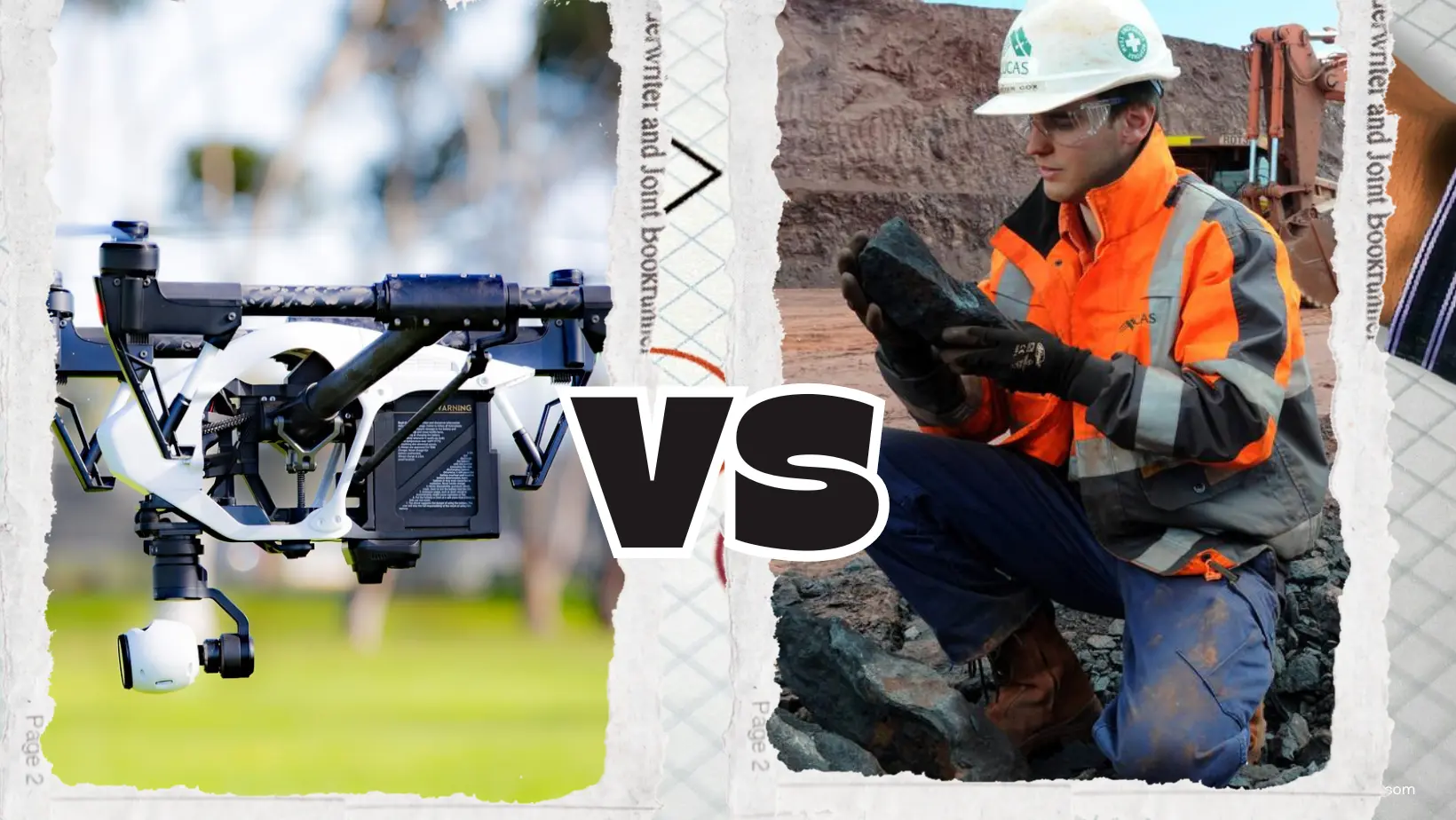
Drones Insurance Inspections VS Traditional Insurance Inspections
| Aspect | Drones for Insurance Inspections | Traditional Inspections |
|---|---|---|
| Safety | Safer due to no need for dangerous tools or climbing structures. Beneficial for both inspectors and property occupants. | Potential safety hazards with the use of stairs, ladders, or other tools. Increased risk of accidents. |
| Speed and Efficiency | Quick and efficient coverage of large areas, enabling faster handling of insurance cases. | Longer wait times for inspections lead to delays in processing claims. Potential financial losses due to missed deadlines. |
| Data Accuracy | High-resolution images provide precise data, aiding insurers in making informed decisions on claim payouts. | Relies on subjective judgments, leading to potentially inaccurate assessments based on personal preferences. |
| Risk Evaluation | Allows generalists to evaluate risk with drone assistance, reducing the need for specialized field workers. | Reliance on specialized personnel for risk evaluation potentially increasing costs and time. |
| Time and Resource Savings | Speeds up the process of generating accurate risk assessment reports. Eliminates the need for multiple site visits, reducing overall costs. | Involves time-consuming site visits, causing project delays and increasing resource utilization. |
| Wait Times for Inspections | Minimal wait times as drones can be deployed quickly for inspections. | Extended wait times for scheduling and conducting inspections, leading to delays in claims processing. |
| Missed Dates and Deadlines | Reduces the likelihood of missed deadlines as inspections are conducted promptly. | Regular inspections may lead to project slowdowns, resulting in missed deadlines and potential financial losses. |
| Assessment Accuracy | High-quality, objective data from drone inspections improves the accuracy of assessments. | Subjective assessments are based on individual judgment, potentially leading to incorrect evaluations. |
| Data Quality | Utilizes high-resolution cameras for superior data quality. | Traditional methods may result in lower-quality data, limiting the depth of analysis and decision-making. |
Drones Insurance Inspections
- Drones make inspections safer because they don’t need stairs or other dangerous tools, which lowers the chance of getting hurt. That makes it safer for both inspectors and people who live there.
- Drones can quickly and effectively cover big areas, which lets insurance companies handle cases much more quickly than they could with older inspection methods.
- The high-resolution images taken by drones are more exact than data from more traditional inspection methods. This helps insurance companies decide whether to pay a claim or not.
- Drones make it possible for generalists to evaluate risk, which cuts down on the need for specialized field workers. Generalists work with drone pilots to take pictures and videos, and they use voice commands to make notes in real-time.
- Saves time and resources by speeding up the process of making correct and fast risk assessment reports. Gets rid of the need for multiple site trips, which makes risk evaluation more efficient and lowers the total cost.
Traditional Insurance Inspections
Here are some problems with regular insurance company inspections that I’d like to talk about before I get into the pros of using drones for insurance inspections.
- Long wait times: for regular checks, an inspector has to come to the site, which can take days or even weeks to set up.
- Missed dates: Regular checks can slow down the project, which can cause missed deadlines and possible financial losses.
- Incorrect assessments: In traditional reviews, people use their own judgment, which isn’t always accurate because it’s based on their own preferences.
- Low-Quality Data: The traditional methods for insurance cannot compete with the high-resolution camera technology of drones for insurance.
Best Drones For Insurance Inspection
1. DJI Phantom4 Pro
The DJI Phantom 4 Pro is a good drone for insurance inspections because it is small and light. It also has a camera built-in, so you can quickly and easily take high-quality pictures from different angles. It also has object avoidance sensors that help keep it from colliding with things like buildings or trees when it’s flying in tight areas.

Price: $1,599.00
Features:
- Flight Time: 30 minutes
- Flight Range: 7 KM
- Camera: Full HD or 1080P at up to 120 fps
- Weight: 1388g
- Speed: 72 km/h
Pros & Cons:
| Pros | Cons |
|---|---|
| High-Performance Camera with 1-Inch Sensor | Higher Price Point |
| Obstacle Avoidance in Multiple Directions | Bulky Design |
| Intelligent Flight Modes for Enhanced Control | No 360-Degree Camera |
| High-Speed Sport Mode for Dynamic Shots | |
| Extended Flight Range for Versatile Operation | |
| Multiple Vision Sensors for Precise Navigation | |
| 5-Direction Obstacle Sensing for Safety | |
| Professional-Grade 4K Video Recording | |
| TapFly and ActiveTrack for Easy Navigation |
2. Yuneec Typhon H Pro
When it comes to insurance checks, the Yuneec Typhoon H Pro is another great drone for insurance inspections. Its 6 rotors make it more stable in the air than other models with only 4 rotors, giving you more control when it’s windy. It also has a high-tech system for avoiding objects that help keep it from hitting things like buildings or trees while it’s flying. It also has a long battery life, so you can cover more ground without worrying about running out of power in the middle of the trip.

Price: $3500.00
Features:
- Flight Time: 25 minutes
- Flight Range: 16 KM
- Camera: 4K @ 30 FPS – Full HD: 1080p
- Weight: 2,06 kg
- Speed: 48.6 km/h
Pros & Cons:
| Pros | Cons |
|---|---|
| Hexacopter Design for Enhanced Stability | Heavier drone. |
| 360-Degree Camera | Higher Price |
| Retractable Landing Gear | Limited Battery Life |
| Interchangeable Camera | Limited Third-Party App Support |
| User-Friendly ST16 Ground Station Controller | |
| Intel RealSense Technology | |
| Multiple Intelligent Flight Modes | |
| Dual Pilot Operation Mode | |
| Modes for Tracking |
3. DJI Mini 4 Pro
The DJI Mini 4 Pro is a small camera drone that does almost everything perfectly and would be the best drone for insurance inspections. DJI Mini 4 Pro folds up for easy storage, is light enough to not need to be registered in most places, and has a great Quad Bayer camera that quickly switches between wide-screen and vertical video recording. It also has better obstacle avoidance sensors and an HDR video profile than its predecessor, the Mini 3 Pro, making it our new Editors’ Choice winner.

Price: $959.00
Features:
- Flight Time: 34 minutes
- Flight Range: 18 KM
- Camera: 1080p 4K60 video in SDR & HDR
- Weight: 249g
- Speed: 57.6 km/h
Pros & Cons:
| Pros | Cons |
|---|---|
| Compact and Lightweight Design | Low performance in low-light conditions. |
| Affordable Entry-Level Option | Flight time is relatively limited. |
| Ease of Use for Beginners | Less stable in windy conditions. |
| 4K Video Recording Capability | |
| Intelligent Flight Modes | |
| Portability and Travel-Friendly | |
| User-Friendly Mobile App | |
| QuickShot Modes for Creative Shots |
4. DJI Parrot Anafi USA
You can use the Parrot Anafi FPV Drone for insurance inspections because it has first-person view (FPV) features that let you see what the other drone operator sees in real-time as you fly the drone around a property looking for signs of damage or wear and tear from afar, without having to go inside. Also, because it folds up, it’s easy to move from one job spot to another without taking up too much room in your car or bag.

Price:- $7,000.00
Features:
- Flight Time: 32 minutes
- Flight Range: 22.5 KM
- Camera: 4K HDR camera
- Weight: 500g
- Speed: 61.1 km/h
Pros & Cons:
| Pros | Cons |
|---|---|
| Compact and Portable Design | Limited Camera Quality |
| High-Resolution Camera | High Price |
| 32x Zoom Capability | Software Limitations |
| 32-Minute Flight Time | Limited Smart Features |
| Thermal Imaging Capability | |
| Dual GNSS for Precise Navigation | |
| Secure Data Management | |
| Made in the USA |
Best Software for Drones for Insurance Inspections
DroneDeploy
DroneDeploy is an analytics and mapping software for drones hosted in the cloud. Features such as analytical tools, 3D modeling, and aerial mapping are available. The insurance industry is one of several that may benefit from its user-friendliness and versatility. DroneDeploy has many price tiers, including a free tier with limited functionality. The DroneDeploy price points for the premium plans start at about $99/month/user.
PIX4D
Pix4D is a Drone Mapping application that is used with drones for insurance inspections. This is another best drone mapping program that is cloud-based is Pix4D. One of its many useful features for insurance inspectors is the capacity to generate three-dimensional representations of alleged damage. Pix4D also has the capability to generate point clouds and orthomosaics. Pix4D price points are $68-$245/month.
PrecisionHawk
PrecisionHawk offers drone software and services for many sectors, such as agriculture, energy, and insurance. Their platform encompasses data analysis tools, remote sensing capabilities, and flight planning elements. The cost of PrecisionHawk’s services may differ depending on the individual requirements of the user or organization. They provide tailored solutions, and you may have to reach out to them to obtain a price estimate($125/month).

How to Use Drones For Insurance Inspections?
To use drones for insurance checks, the first thing that needs to be done is to find the right drones for the insurance inspection job. There are many types of drones on the market, each made for a different job. It is important to pick one that is made to do insurance inspections.
To move on, we need to learn how to use the drone. Before using the drone for insurance checks, you should make sure you know how to use it. This might take some practice.
And finally, you need to get a license for your drone before you can use it to do insurance checks. You can use drones for insurance checks as soon as you get the right drone and license.
Drone technology is changing quickly, and insurance companies are beginning to see why using drones for checks is a good idea. If you want to start using drones for insurance checks, these tips will help you get started!PrecisionHawk offers tools and services for drones to many fields, such as agriculture, energy, and insurance. Their software has tools for analyzing data, skills for remote sensing, and tools for planning flights.
The price of PrecisionHawk may change depending on the user’s or organization’s wants. You might need to get in touch with them to get a price because they offer unique solutions.
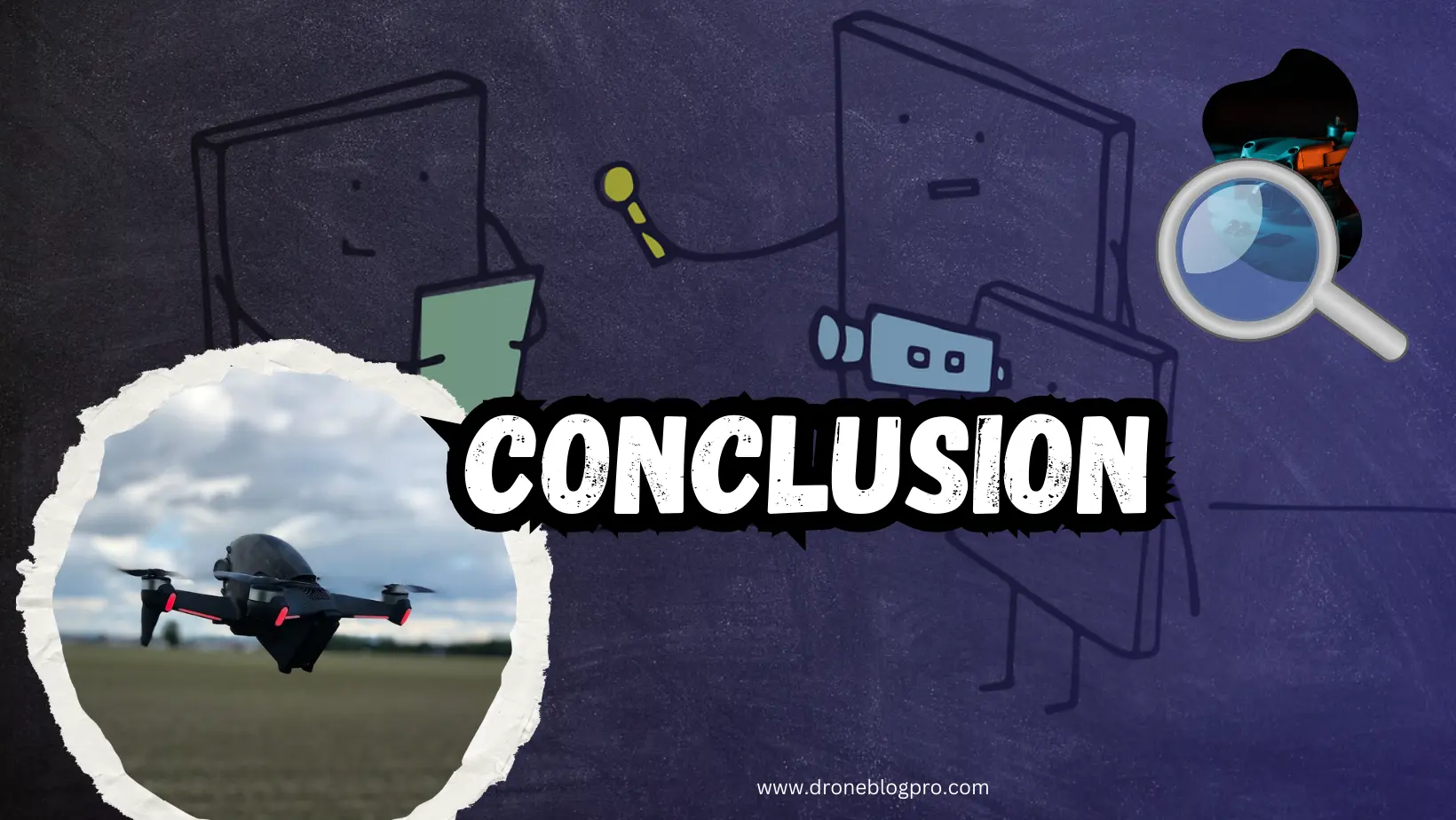
Conclusion(Drones For Insurance Inspections)
Insurance companies are being ripped off by drones for insurance inspection. Drones have become powerful tools that are changing the way checks are done in the insurance business, which is always changing. Traditional methods that take a lot of time and are sometimes dangerous are being replaced by drone checks that are quick, safe, and cheap. There are many good reasons to use drones for insurance checks, which this piece talks about.
These drones have changed the way insurance companies handle claims by giving them clear pictures that help them decide faster and more accurately whether to pay out on a claim. This is because drones eliminate the safety risks that come with using traditional inspection tools like ladders and scaffolding.
Recommended Drones for Insurance Inspections:
- DJI Phantom 4 Pro: A compact and high-performance drone with obstacle avoidance features, ideal for insurance inspections. Price: $1,599.00.
- Yuneec Typhoon H Pro: Known for its stability with a hexacopter design, retractable landing gear, and Intel RealSense technology. Price: $3,500.00.
- DJI Mini 4 Pro: A compact and affordable option with 4K video recording capabilities, suitable for beginners. Price: $959.00.
- DJI Parrot Anafi USA: Featuring a compact design, high-resolution camera, and secure data management. Price: $7,000.00.
The adoption of drones for insurance inspections marks a significant advancement, ushering in an era of increased safety, efficiency, and data accuracy. As technology continues to evolve, insurance companies leveraging drones stand to benefit from improved processes, faster claims handling, and enhanced customer satisfaction.
Thanks for reading this blog post. It should have helped you understand how drones are used for different kinds of insurance claims and checks. There are also product ideas to help you choose the best drone for your needs.
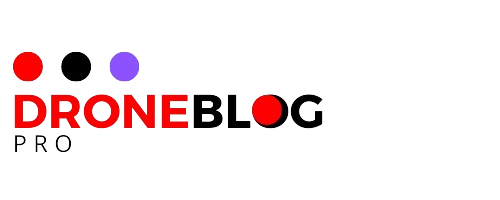
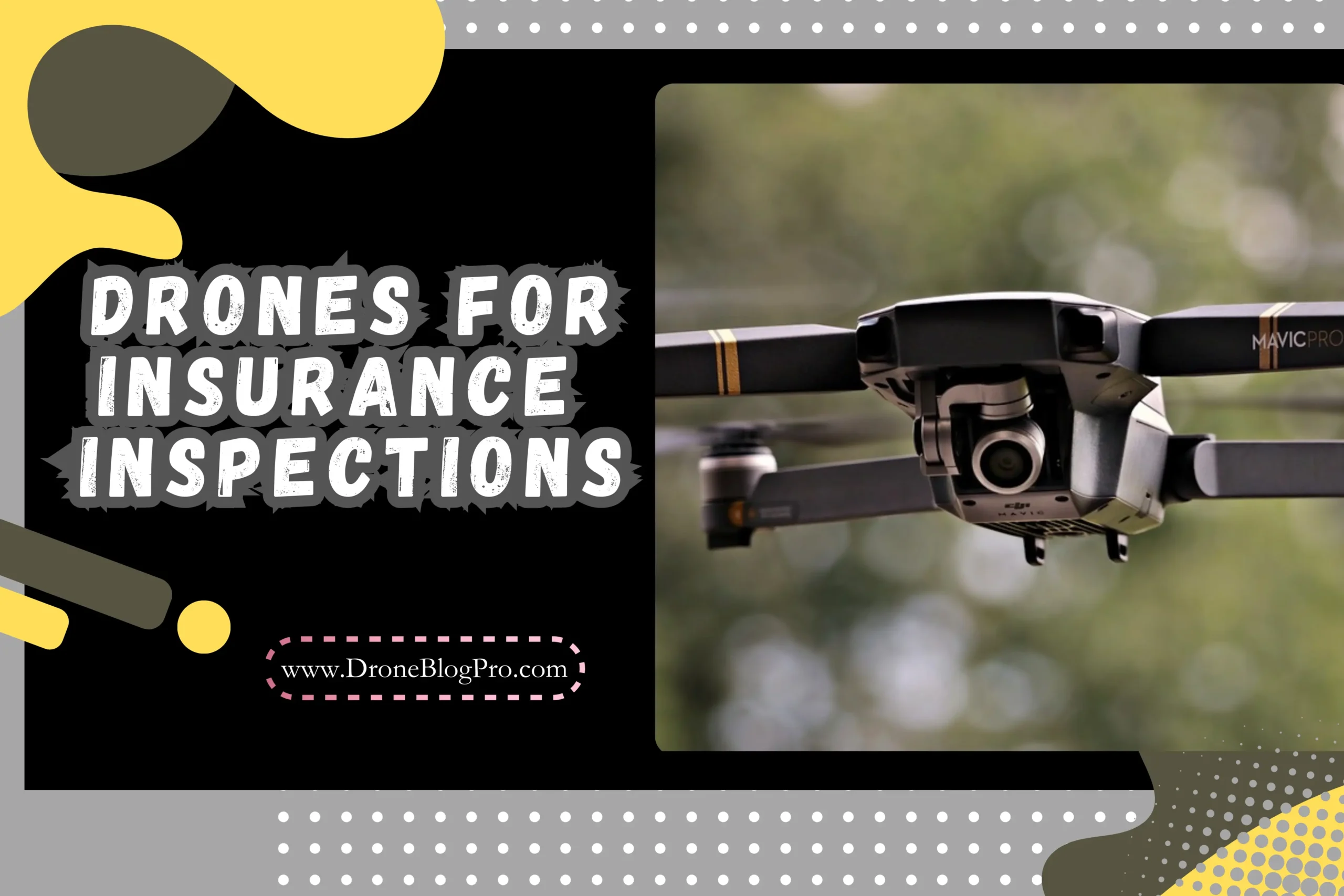

![How to Stop Drones From Flying Over Your House in UK? [Legal Methods-2024]](https://droneblogpro.com/wp-content/uploads/2024/01/How-to-Stop-Drones-From-Flying-Over-Your-House-in-UK-768x433.webp)
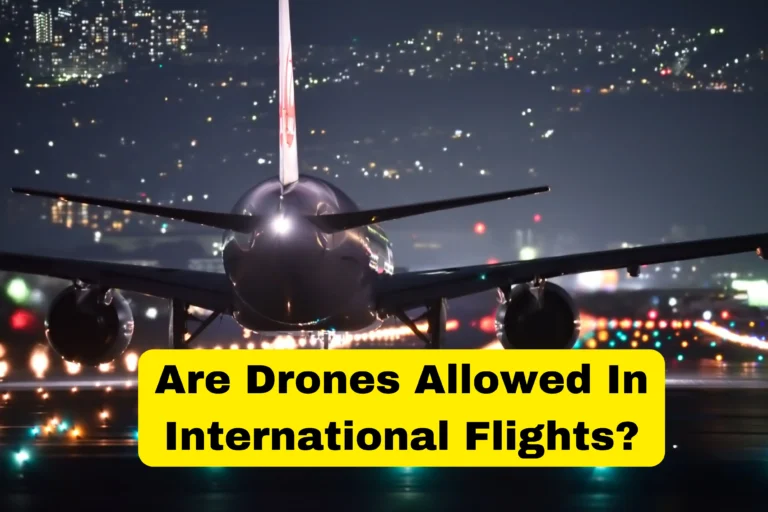
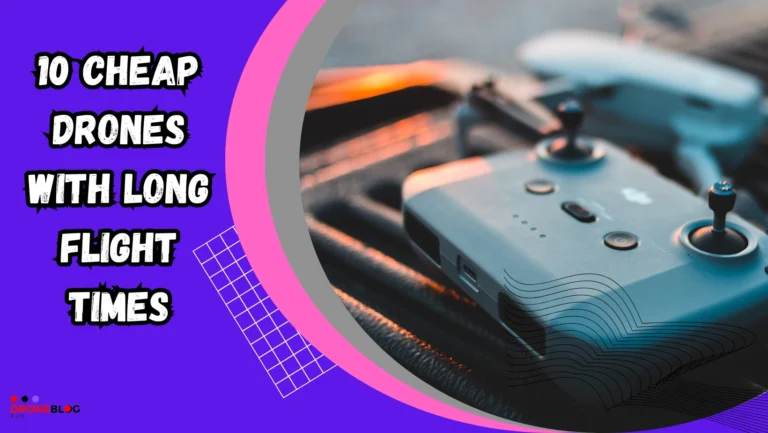

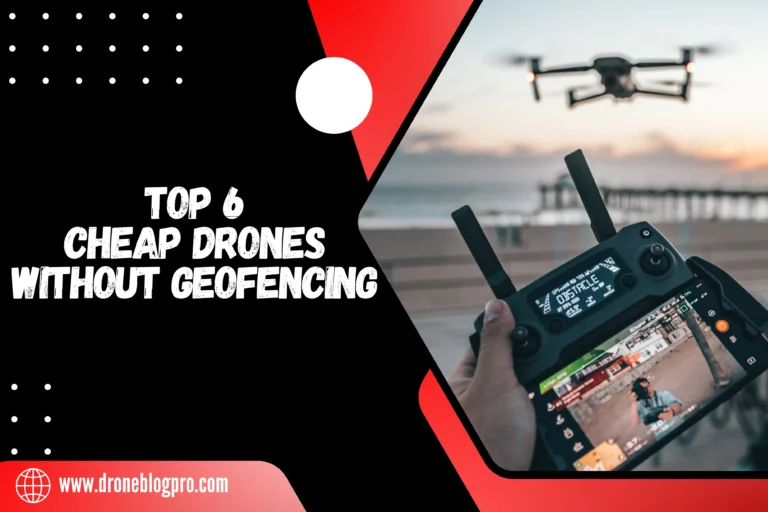
3 Comments